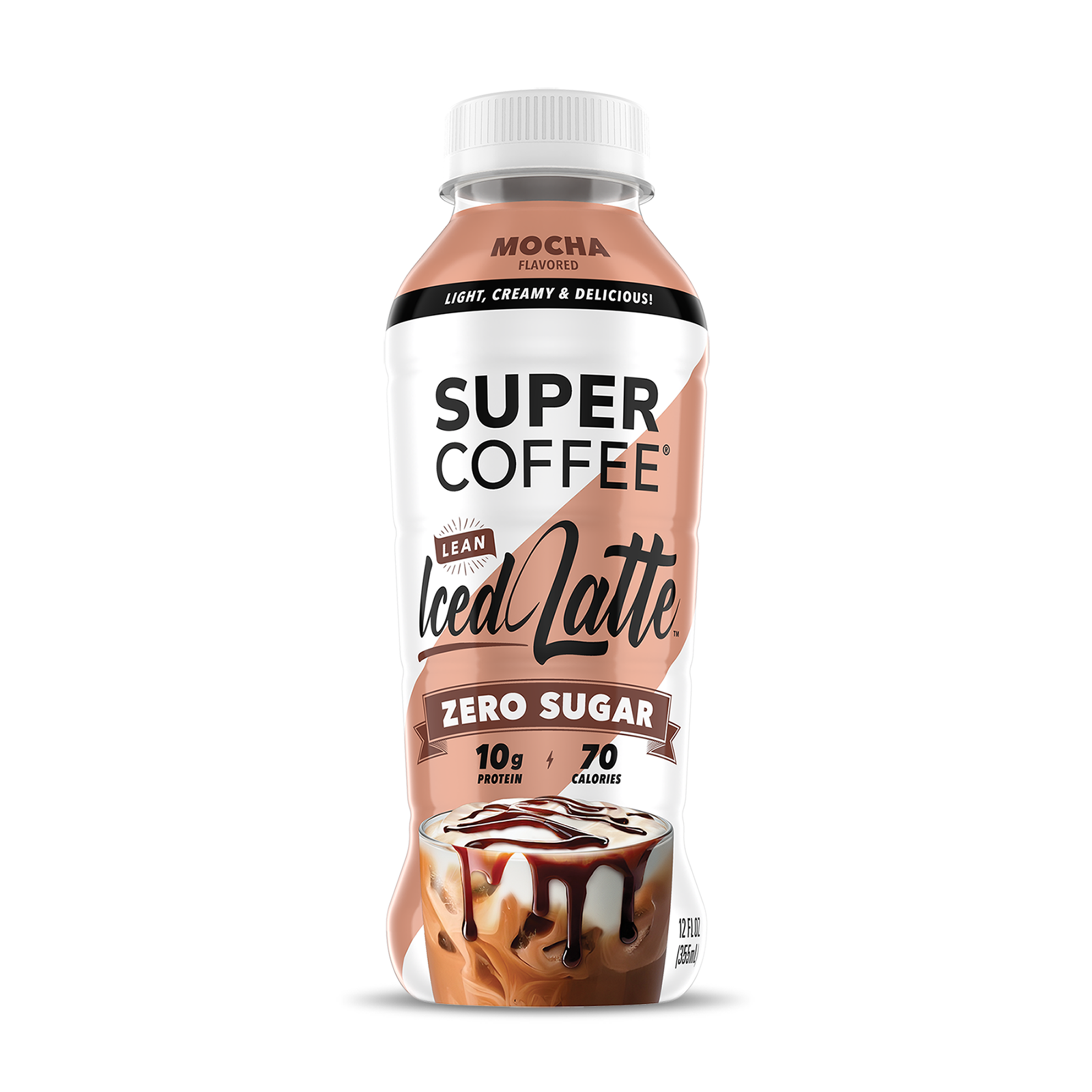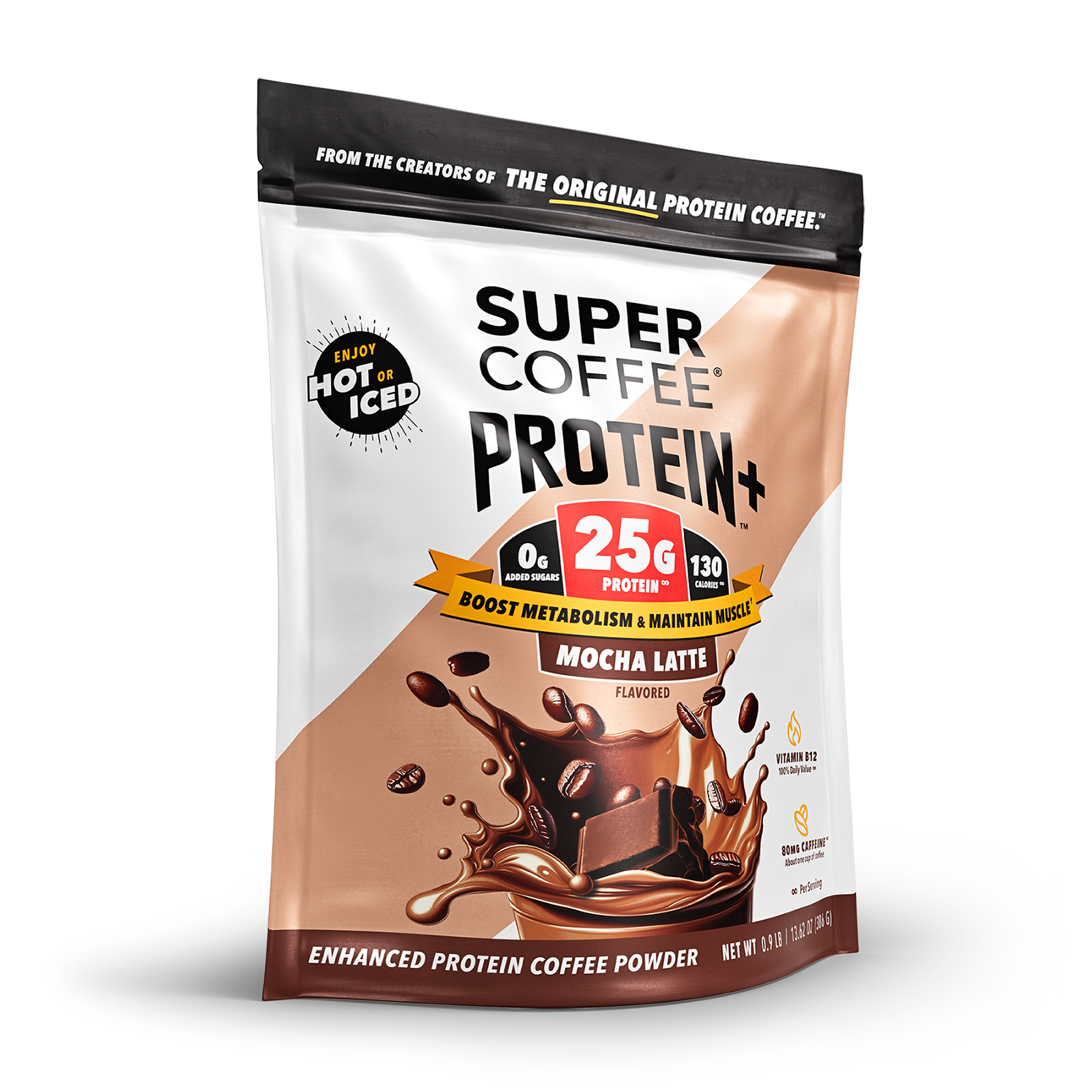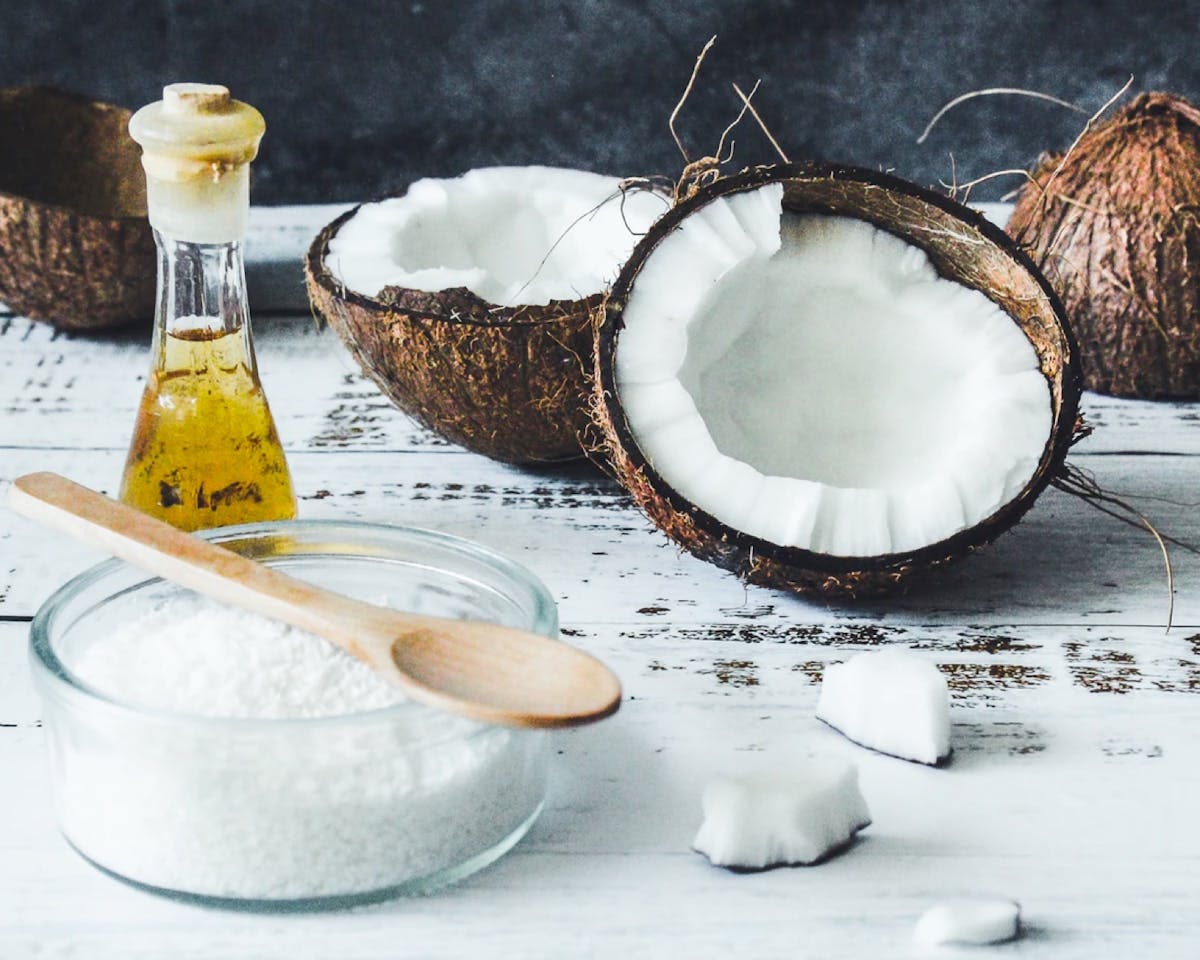Your cart is empty
Even health-conscious foodies didn’t know about MCT oil until fairly recently. They spent much of their time debating the pros and cons of vegetable oil, olive oil, partially-hydrogenated oil, and avocado oil.
The buzz surrounding MCT oil only grew as the keto diet became wildly popular – and so-called “bulletproof coffee,” with MCT oil as one of its key ingredients, became a trendy morning brew.
Despite its newfound popularity, many keto dieters still can’t tell you exactly what MCT oil is, or why they use it for weight loss. They probably can’t even tell you how to use MCT oil, except in a coffee recipe.
Let’s change that.
What are MCTs?
It’s easy to understand why MCT oil was largely unknown until the keto diet blew up. The oil only occurs naturally in a limited number of foods; the most common ones are coconuts and milk. The MCT oil you can buy today is primarily sourced from coconuts and palm kernels, and a lot of work is required to extract it.
Why would anyone even bother? To put it simply, MCTs provide an array of benefits not delivered by other types of oil. To go into more detail, we first have to explain what MCTs are.
The Chemical Structure of Fatty Acids
Fats are a combination of fatty acids which play important roles in the body. For example, you often hear about the beneficial effects of Omega-6s and Omega-3. They’re each different types of fatty acids.
Caproic acid, caprylic acid, capric acid, and lauric acid are fatty acids as well. And they’re all MCTs. Here’s what that means.
At a molecular level, fatty acids are joined together in chains with carbon atoms. Almost all of the ones we consume are called “long-chain triglycerides” (LCTs) because they each contain at least 13 carbon atoms. By comparison, “medium-chain triglycerides” (MCTs) contain between six and 12 carbon atoms. (Triglyceride is the scientific name for fat.)
And shorter chains make a big difference.
It takes a good deal of time for long-chain fats to be broken down in the digestive system so they can be used for energy (or stored). MCTs, however, are less complex. So they’re able to bypass the digestive system and head right to the liver to be metabolized.
What happens next is crucial to understanding MCTs and the benefits of MCT oil.
MCTs and Ketones
The body and brain normally use glucose as their energy source. The body produces glucose (also called blood sugar) when it breaks down the carbohydrates in our diet.
The liver is responsible for producing glucose and storing it in the form of body fat. When it doesn’t have a big supply of carbs to burn (for example, when we’re sleeping and not eating), it instead uses the body’s stored glucose, which is known as glycogen.
Glucose isn’t the only type of “body fuel” that the liver can create, though. After a few days of low carbohydrate intake – and after stored glycogen has been used up – the body enters a metabolic state known as ketosis, in which the liver creates molecules called ketone bodies, or ketones for short.
Why are ketones so important? Because the body can use ketones as an alternate energy source. In fact, they’re able to easily cross the blood-brain barrier to effectively power the brain.
So here’s the bottom line. MCTs quickly reach the liver, where they can deliver a quick energy boost. And if the body’s carb intake is very low, MCTs can instead be turned into ketones to be used as an alternate fuel source.
That’s very important to those on the keto diet (or other forms of low-carb eating, like paleo). Let’s find out why.
Ketones and the Keto Diet
When you follow ketogenic diet guidelines, you drastically reduce the number of carbs you eat. Consumption of high-quality, healthy fats, by contrast, increases.
Some dieters may not care about the underlying reasons. They simply know they have to cut out most of the starches and sugars in their diet while increasing the amount of meat and cheese they eat. Bread, pasta and cake are out; bacon and butter are in.
What’s more interesting, though is why you make those changes when you’re on keto.
Quite simply, it’s to deprive the body of the carbs it would use to make glucose – forcing it to rely on ketones for energy
And when the liver switches to ketone production, it produces those ketones by burning stored body fat – the annoying fat you want to get rid of when you’re trying to lose weight. And fat burning is the missing link in our story.
Keto helps dieters lose weight because the body is forced to burn stored fat for energy. That also explains the scientific rationale for ketogenic dieting: it forces the body to remain in ketosis and burn fat.
And MCTs can help in the process.
Where MCT Oil Comes From
Most nutritional sources that we think of as “healthy,” like avocado, nuts, seeds, meat, and fish are rich in LCTs – but contain few or no MCTs.
By contrast, high levels of MCTs are found in just a few food sources: coconut, palm kernels (the edible seeds in palm trees), and milk (including goat’s milk and believe it or not, human breast milk).
About seven percent of the fats in milk and milk products like butter, cheese and yogurt are MCTs. They’re about eight percent of the fats in palm kernel oil.
Oil extracted from coconuts contains nearly twice that amount of medium-chain fats, which is why the most common source of MCT oil is coconut oil. And yes, there is a difference between MCT and coconut oil.
Coconut oil has health benefits and is worth using for many reasons but still only contains about 15% MCTs; it’s still loaded with long-chain fatty acids. To get the full effect of medium-chain fats, it’s necessary to separate the MCTs from the LCTs.
MCT oil is extracted from coconut oil by a process called fractionalization. It removes everything but the oil’s caprylic and caproic acids, so only those MCTs are contained in pure MCT oil.
Palm kernel oil (which is different from palm oil) is often used to produce MCT oil as well, for one simple reason: the allergens in coconut aren’t present in palm kernels. Dairy products aren’t used to make MCT oil because it’s very difficult to extract MCTs from them.
So don’t be confused when you’re ready to try MCT oil. Even though it’s often described as “MCT coconut oil” or “MCT oil (from coconut),” it’s not the same as coconut oil. Pure MCT oil – not coconut oil – is what you want when you want to use MCTs for health reasons.
Health Benefits of MCT Oil
A surprising number of benefits associated with the use of MCT oil have been discovered by researchers. Not all of them have been definitively proven, but there’s plenty of evidence suggesting that moderate amounts of MCT oil are quite good for you.
Weight Loss
The most obvious benefit is the one we’ve been discussing in general terms: weight loss.
MCT oil appears to help keto dieters stay in ketosis, maximizing their reliance on ketones for energy and the fat burning it encourages. An entire industry has been built on the premise of selling MCT oil to people following the ketogenic diet.
However, that’s not the only way that MCT oil seems to encourage weight loss.
Studies have shown that consuming MCT oil makes you feel fuller, and when you’re not as hungry as usual, you’ll eat less. That happens because MCTs encourage the release of two hormones that promote satiety (feeling full), leptin and peptide YY. One study called the reduction in appetite after taking MCT oil “acute.”
There are other potential benefits related to weight loss, too. It appears that MCT oil helps support gut health, particularly in those who are obese but otherwise healthy. By encouraging the proliferation of “good” bacteria in the gut, MCT oil seems to increase the possibility of losing weight.
Here are two more apparent benefits. When we consume LCTs, excess triglycerides are stored in the body as fat. LCTs aren’t; they go straight to the liver where they are used as a source of energy. Finally, MCTs contain fewer calories than LCTs. That doesn’t make a huge overall impact on weight loss, but every little bit helps.
Some research supports the theory that consuming MCT oil, even when you’re not on a keto diet, helps with weight management. The study most often cited showed that the oil helped mice lose weight, but there is also research showing a positive association between medium-triglyceride consumption and lower body weight in humans.
Exercise Endurance
The extra energy boost and fat burning linked to MCTs might certainly help athletes and workout warriors. And there’s another apparent athletic benefit to the use of MCT oil: it apparently can lower lactate levels in the body.
Why is that important? The body’s muscles produce lactic acid during exercise, so lactate levels grow throughout a workout. High lactate levels are what lead to the cramps and aches commonly associated with lengthy exertion.
The seeming ability of MCTs to lower lactate levels lets people exercise for longer periods, theoretically burning more fat. Evidence on MCT oil’s potential to improve performance, however, is still being evaluated.
Diabetes
On a somewhat-related subject, MCT oil appears to help diabetics manage their disease. Much of that benefit seems to be due to MCT’s effects on fat burning and storage since both play a major role in the factors that affect the progression of diabetes.
One study reported that type 2 diabetics who took insulin and consumed MCTs needed considerably less sugar to keep their blood sugar levels in balance than those who consumed LCTs.
Other research found that regular use of MCT oil helped study participants lower their weight, while their insulin resistance (a key factor in the development and progression of diabetes) was lowered.
Heart Health Markers
MCT oil may help with a lot more than weight and related issues. Its benefits seem to cover much of the health and wellness spectrum.
For example, two of the risk factors for heart disease are obesity and high cholesterol levels. We’ve discussed the weight issue quite a bit, but MCT oil has also been shown to be able to improve lipid panels, increasing “good” cholesterol and overall cholesterol levels, and decreasing so-called “bad” cholesterol at the same time.
And a more extensive animal study reported improvements for a number of risk factors associated with cardiovascular disease after administration of MCTs.
Cognitive Function
Proponents of MCT oil use have suggested for quite a while that it can help boost brain function and mental clarity.
Much of that belief stems from the use of ketogenic diets to successfully control certain types of epilepsy over the last century. There’s even evidence that MCTs may be even more effective than medication at reducing or preventing epileptic seizures in some patients.
However, research indicates that the effectiveness of MCT oil may go much further than that.
One study found that type 1 diabetics suffering acute cognitive problems during hypoglycemic incidents showed vastly improved brain function after being administered MCTs. Another reported that ingestion of MCT oil boosted memory function in patients with mild cognitive impairment.
And there’s even research showing that MCT oil combined with a gluten-free keto diet may help some children on the autism scale.
Some of the most convincing evidence, though, involves patients with cognitive decline due to Alzheimer’s disease. Administration of MCTs was followed by significant improvement in brain function among patients suffering from mild-to-moderate Alzheimer’s symptoms.
Antibacterial and Antifungal Properties
It seems that almost every “good for your health” supplement that you read or hear about is supposed to have powerful antibacterial and antifungal properties. Add MCT oil to that list. MCTs have been shown to possess the ability to help the body fight some of the most stubborn bacteria and fungi around.
OK, so you’re convinced – MCT oil is one of those “good for your health” supplements worth trying.
How do you use it?
How to Use MCT Oil
The most common way that people consume MCT oil is the one we mentioned at the start of this discussion: they put it into their coffee.
Bulletproof Coffee
“Bulletproof coffee” is the name that’s commonly used to describe the keto concoction that combines black coffee, MCT oil, and either grass-fed butter or ghee (a type of clarified butter). It’s also often called keto coffee.
The Bulletproof name was invented by a businessman and internet marketer who turned keto-friendly coffee into an international craze; he owns several companies selling “Bulletproof” products. The idea, however, is based on the “butter coffee” that’s been drunk in nations like Ethiopia and Nepal for many centuries.
Why put butter and MCT oil into coffee? Because they each provide benefits for keto dieters. We’ve talked at length about the reasons to supplement a ketogenic diet with MCT oil; butter or ghee, however, are there for different reasons. They’re high-quality healthy fats, the macronutrient used to replace carbs in the keto diet.
Keto coffee is easy to make by blending black coffee, 1-2 tablespoons of butter or ghee, and 1-2 teaspoons of MCT oil until they’re the consistency of a latte. Most people drink it to start their day – and that can cause an unforeseen problem for those trying to lose weight.
Bulletproof coffee is filling, so filling that many dieters end up just drinking a cup of keto coffee instead of eating a real breakfast. Any dietitian will tell you that by doing that, they miss out on the important nutrients they’d get from a healthy meal consisting of protein, fruits and veggies.
They also consume the recommended daily maximum of saturated fat (yes, MCTs are saturated fats) in just one cup of bulletproof coffee.
If they have more than one keto coffee per day? That’s not only unhealthy, but it might end up sabotaging their weight loss efforts. Moral of the story: if you’re going to go the bulletproof route, stick with one per day. And remember, you can still add MCT oil to coffee without the extra fat.
Other Ways to Use MCT Oil
The benefits of MCT oil can be realized without drinking coffee at all.
- Try a ready-to-drink beverage that already contains it: A tasty keto coffee substitute like Super Coffee already contains MCT oil along with zero-carb monk fruit sweetener. It has drastically lower levels of saturated fat and calories than bulletproof coffee.
- Add it to other beverages: Smoothies are a popular “delivery mechanism” for MCT oil, and it can be added to virtually any other beverage, including tea. If you’re on keto, be careful what you use to make smoothie bases since most fruits are off-limits or strictly limited. There are lots of great recipes for keto smoothies online, using ingredients like avocado, peanut butter, cocoa powder, coconut milk, and small amounts of berries.
- Use it to make “fat bombs”: Fat bombs are small, tasty snacks made with keto-friendly ingredients, designed to provide quick energy, satisfy a sweet tooth, and deliver a shot of healthy fat at the same time. Again, there are lots of recipes online.
- Use it to make salad dressings or sauces: MCT oil is virtually tasteless, so it won’t ruin the flavor of your favorite dressing. It will just add health benefits to the mix.
- Take it straight: A tablespoon or two of MCT oil will provide all of the oil’s benefits. Start slow, with a teaspoon, and increase from there. One warning: taking MCT oil on an empty stomach can lead to a tummyache.
While we’re on the subject of warnings, we should mention two other potential drawbacks of using too much MCT oil.
Consuming more than 4-5 tablespoons per day can cause liver issues (a backlog of fat in the liver could eventually cause damage). And going over 2-3 tablespoons per day can cause the release of hormones that make you feel hungry – never a good thing when you’re trying to lose weight with the help of MCT oil.
Blog posts

Cold, creamy and delicious - This chocolatey cold brew recipe is the perfect treat to kickstart your morning! The Recipe Chocolate Cream Cold Brew Prep Time: 1 minutes Cook Time: 5 minutes Ingre...
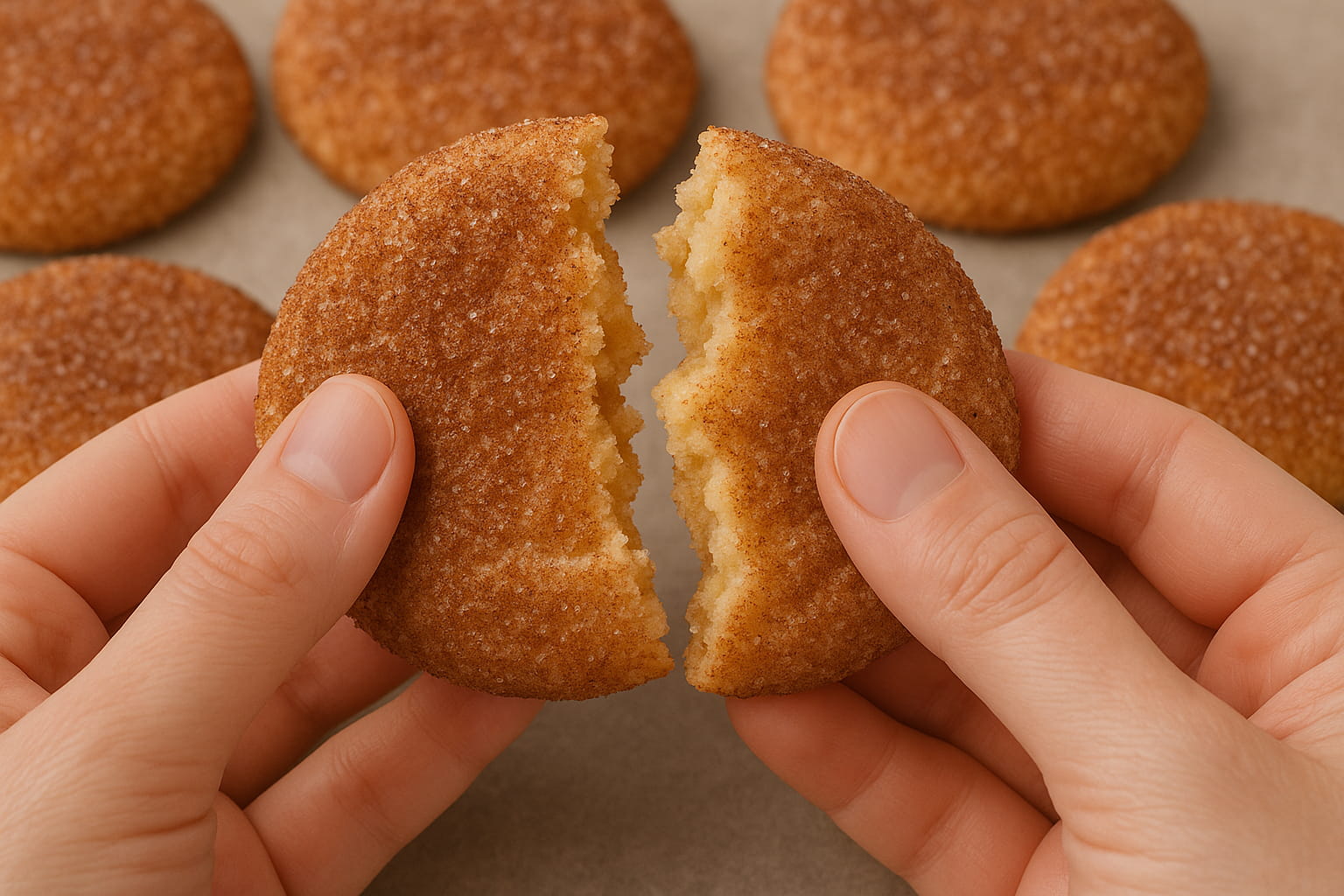
Indulge in the warm embrace of autumn with Pumpkin Spice Snickerdoodles - soft, spiced, and utterly irresistible! The Recipe Pumpkin Spice Snickerdoodles Prep Time: 10 minutes Cook Time: 1 hour ...

Low Carb Berries & Cream Waffles
These low carb/low sugar waffles are delicious, wonderfully crispy on the outside, and fluffy on the inside. You can also double batch and freeze for easy weekday breakfasts. Featuring our almost-...
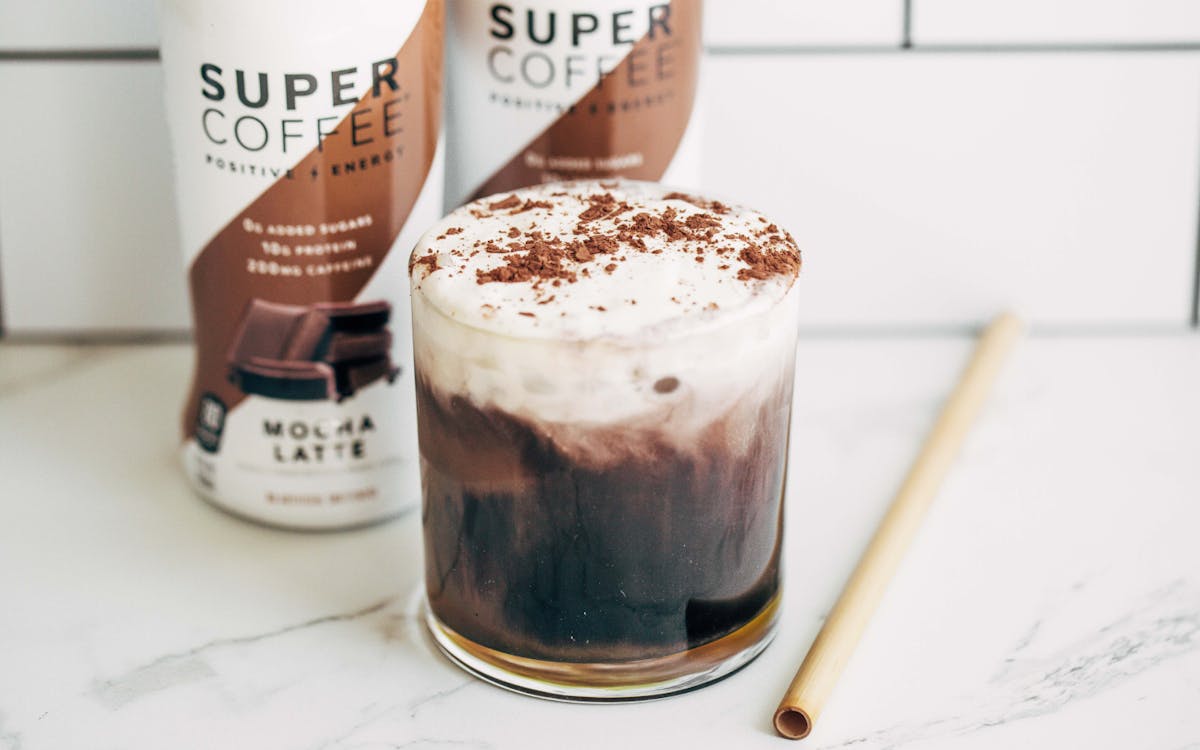
This may be the most fun latte recipe we’ve tried yet! With gooey & decadent black chocolate drizzle and a thick layer of creamy French Vanilla, just one sip of this iced latte will transport ...

Strawberry Sprinkle Keto Coffee Recipe
Nutritional Info Calories: 274 Fat: 26.7g Carbs: 5.7g Protein: 4.5g Sugar: 2.1g Ingredients 3 strawberries, sliced. 3-4 tbsp heavy cream or half & half. Enough ice to fill a glass. 1/2 cup S...

8 Healthy Coffee Recipes That Are Better Than Starbucks
There’s no question about it. Coffee is good for you. Those who don’t like black coffee, of course, commonly add milk, cream and sugar – even if that also means adding calories, fat or carbs to the...



